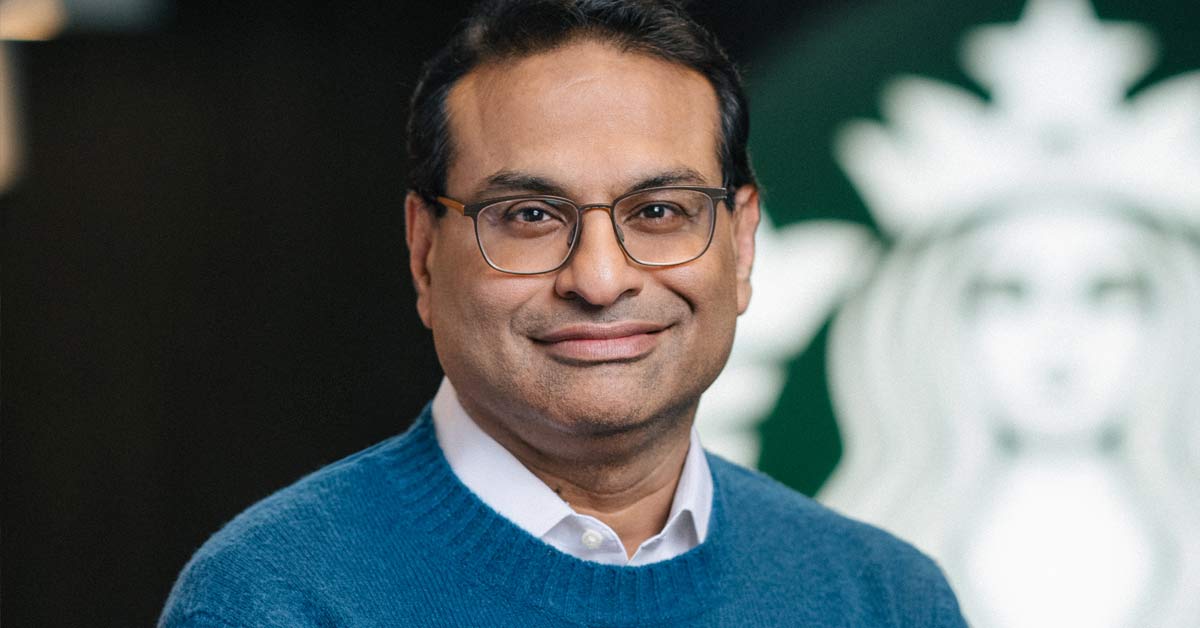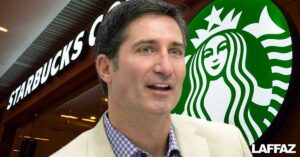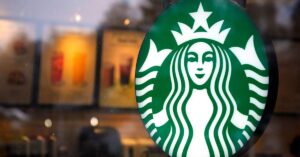Starbucks, founded in Seattle, Washington, is a global restaurant chain serving handcrafted coffee, tea, and fresh food items, offering a wide range of delicious beverages and snacks in a welcoming environment recently reported a decline in sales, with global sales falling 3% at stores open for at least a year.
Starbucks’ Sale Decline
In its home market of North America, sales dropped 2%. However, a closer look reveals an even steeper decline, with the number of transactions at North American stores plummeting 6% in the quarter. Fortunately, the company was able to partially offset this loss by increasing prices, which helped to mitigate the impact of the decline. Starbucks sees a decline in customer visits and purchases, marking its second consecutive quarter of sales drops.
Starbucks is struggling because people are tired of paying high prices at restaurants and stores, including Starbucks. The company tried to adapt to changing customer habits by shifting from a sit-down coffee shop to a drive-thru and takeout-focused business. However, this change has exposed some weaknesses in their business model, and it’s clear that Starbucks needs to make further adjustments to stay successful.
Consumers are finally pushing back against the high prices at popular chains like Starbucks and McDonald’s. This week, Starbucks is feeling the heat from rival drive-thru coffee chains and a surge in people opting to brew their own coffee at home. The reason? Prices have skyrocketed in recent years, but this year, grocery store costs have leveled off, while the cost of dining out continues to climb. It seems consumers have reached their limit and are seeking more affordable options.
“Your more cost-conscious consumer, they’re finding other places or just doing things at home. There’s also more competition from some of the drive-thru coffee chains, like a Dutch Bros.” RJ Hottovy, an analyst at Placer.ai. commented,
Starbucks’ stock (SBUX) experienced a 2% surge in after-hours trading, a welcome respite from its 19% decline so far this year.
The Boycott Effect
A global boycott of Starbucks, sparked by the company’s perceived support for Israel, has led to a significant decline in sales worldwide. The boycott, which began in Palestine and spread to other countries with significant number of Palestine supporters, has resulted in a notable drop in sales, estimated to be around 5-7% globally. While Starbucks has attempted to downplay the impact, analysts suggest that the boycott has cost the company millions in lost revenue. The boycott has been particularly effective in countries such as Turkey, Indonesia, and Malaysia, where consumers have turned to alternative coffee chains in support of the Palestinian cause. As a result, Starbucks has faced increased pressure to address the concerns of protesters and clarify its stance on the Israeli-Palestinian conflict.
Starbucks’ New Strategy
Starbucks has changed a lot since it first started as a sit-down coffee shop. Now, most of its sales (over 70%) come from orders placed through its mobile app or at drive-thru windows. This is true for almost all of its 9,500 stores in the US. Also, more people are buying cold drinks like coffee, tea, and lemonade than hot coffee.
Starbucks is trying to boost business with new strategies. One approach is to offer value meals, similar to fast food chains. The company’s new “Pairings Menu” bundles a drink and breakfast item for $5 or $6. This move is paying off, with customers increasingly ordering multiple items at once. By speeding up wait times and offering affordable combos, Starbucks aims to win back customers and turn its business around.
Starbucks is shaking things up with the launch of the Siren System, a cutting-edge technology designed to revolutionize the way cold drinks are made. This innovative setup streamlines the process, featuring high-speed blenders and cleverly positioned dispensers for milk, ice, and other essentials. By keeping everything within easy reach, baristas can craft beverages with lightning speed and precision, eliminating the need to bend down for ingredients.
“Our plans are beginning to work. We are recovering our brand from. We’re rebuilding the operational foundation of our stores and supply chain.” Starbucks CEO Laxman Narasimhan
ⓘ As part of our ongoing support for startups and SMEs, LAFFAZ Media publishes feature and resource articles that may include references and links to external websites. These inclusions are selected at our editorial discretion to provide valuable information or suggestions to our readers. LAFFAZ Media does not control, endorse, or assume responsibility for the content or practices of external websites. For more details, please refer to our Terms and Conditions.






